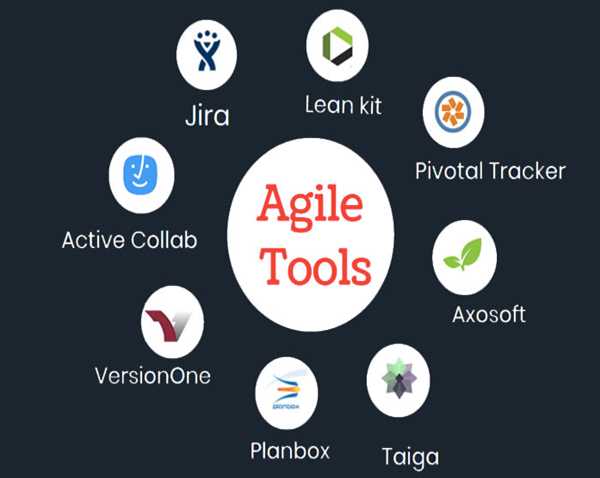Agile software development has become an increasingly popular approach in recent years, especially for startups and small businesses. Agile development emphasizes flexibility, collaboration, and rapid iteration to produce high-quality software products. In this blog post, we will discuss the best practices and tools that can help you succeed with agile development.
Best Practices for Agile Software Development
Focus on Communication and Collaboration
Agile development requires constant communication and collaboration among team members, stakeholders, and customers. This includes regular meetings, daily stand-ups, and frequent feedback sessions. It's essential to establish clear lines of communication, set expectations, and ensure that everyone is on the same page throughout the development process.
Embrace Change
One of the primary benefits of agile development is its flexibility. Agile teams can quickly adapt to changing requirements and market conditions, which is critical for startups and small businesses. However, this requires a willingness to embrace change and a culture of continuous improvement.
Prioritize User-Centered Design
Agile development places a strong emphasis on user-centered design. This means involving users in the development process from the beginning and using feedback to inform the development of the product. By prioritizing user needs, you can create a product that truly meets their needs and expectations.
Keep it Simple
Agile development emphasizes simplicity and minimalism. This means focusing on the essential features and avoiding unnecessary complexity. By keeping the product simple, you can reduce development time, lower costs, and improve user adoption.
Use Agile Project Management
Agile development requires an agile project management approach. This means using tools like Scrum, Kanban, or Lean to manage the development process. These tools can help you track progress, manage tasks, and identify areas for improvement.
Tools for Agile Software Development
JIRA
JIRA is a popular project management tool used by agile development teams. It allows you to track tasks, manage sprints, and generate reports. JIRA is highly customizable and can be adapted to fit the needs of any agile team.
Trello
Trello is a simple, user-friendly project management tool that is perfect for agile teams. It allows you to create boards, lists, and cards to organize tasks and track progress. Trello is highly visual and intuitive, making it easy to use for non-technical team members.
GitHub
GitHub is a popular code repository used by agile development teams. It allows you to manage code, track changes, and collaborate with other developers. GitHub also has a robust issue tracking system, making it an excellent tool for managing bugs and feature requests.
Slack
Slack is a popular communication tool used by agile teams. It allows you to create channels for different teams and projects, share files, and integrate with other tools. Slack is highly customizable and can be integrated with other tools like JIRA and GitHub.
Miro
Miro is a collaborative whiteboarding tool that is perfect for agile teams. It allows you to create visual diagrams, share ideas, and collaborate in real-time. Miro is highly visual and intuitive, making it easy to use for non-technical team members.
Conclusion
Agile software development is a powerful approach that can help you create high-quality software products quickly and efficiently. By following best practices like focusing on communication and collaboration, embracing change, and prioritizing user-centered design, you can succeed with agile development. And by using tools like JIRA, Trello, GitHub, Slack, and Miro, you can manage the development process effectively and efficiently. With the right approach and tools, agile software development can help you create innovative products that meet your customers' needs and exceed their expectations.




Leave Comment